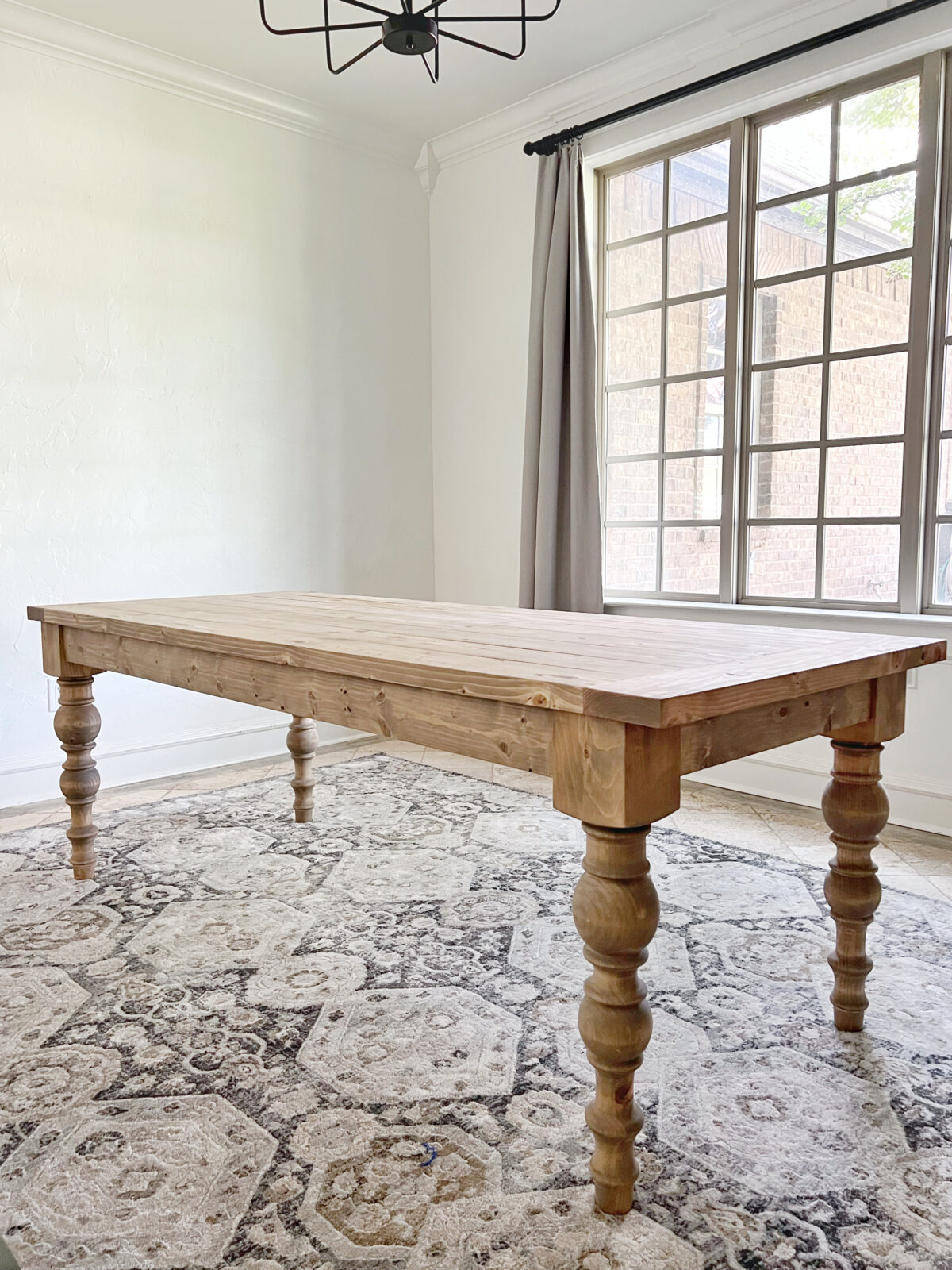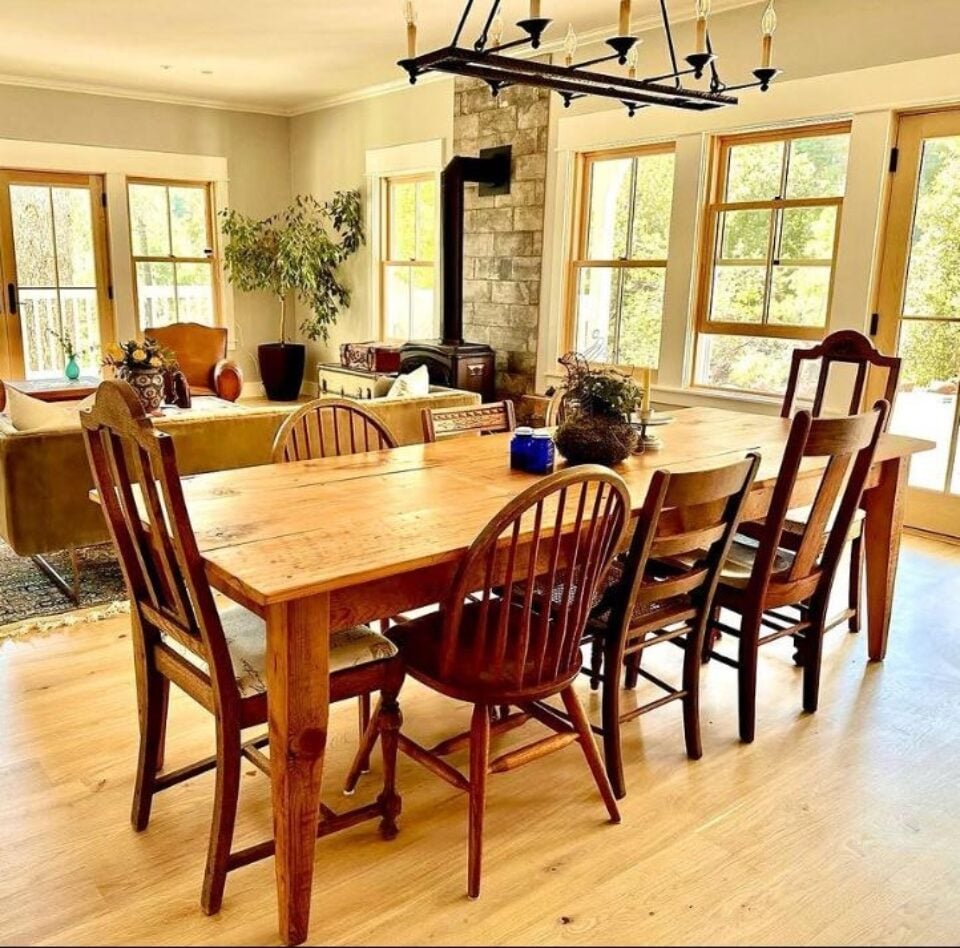One-of-a-kind Dining Room Table Legs to Transform Your Eating Area
One-of-a-kind Dining Room Table Legs to Transform Your Eating Area
Blog Article
Picking the Perfect Dining Table: What Styles Work Best for Your Home?
Picking the suitable eating table for your home can be a nuanced procedure that stabilizes aesthetics and performance. To browse these selections properly and discover a table that truly matches your home, consider the following elements in information.
Evaluating Your Room
Evaluating the measurements and design of your dining location is a critical initial step in selecting the best eating table. Begin by gauging the length and width of the area, making up entrances, home windows, and various other architectural features that can affect table placement. This makes sure that your table not just fits yet also enables for comfortable activity around it.
Think about the variety of individuals you usually delight. A table ought to suit your home's daily requirements while providing sufficient adaptability for occasional visitors. As a rule of thumb, allocate at the very least 24 inches of table width per individual to make sure a comfy eating experience.
It's also essential to keep proper clearance around the table. Ideally, there ought to be at least 36 inches in between the table side and wall surfaces or other furniture, making it possible for simple accessibility and activity. For areas where chairs with arms or extra storage space devices like buffets are entailed, enhancing this clearance to 48 inches is suggested.
Lighting and atmosphere play substantial functions as well. Guarantee that your table aligns with existing illumination components or strategy for sufficient lights solutions. This thorough spatial evaluation warranties that your table not only fits literally but likewise harmonizes with your room's overall capability and visual.
Popular Table Styles

Conventional dining tables frequently feature ornate details, rounded legs, and abundant timber surfaces, stimulating a sense of ageless elegance. They are best for homes with classic decor or those aiming to add a touch of elegance to their dining location.
Modern dining tables prioritize simplicity and tidy lines, typically incorporating products like glass and metal. These tables are ideal for modern spaces, offering a sleek and minimalist appearance that enhances minimalist layout approaches.
Rustic dining tables, on the various other hand, highlight natural materials and a handcrafted look - dining room table legs. They commonly feature recovered wood and a troubled finish, developing a cozy and welcoming environment. These tables work well in farmhouse-style homes or those seeking a cozy, natural feeling
Industrial eating tables combine resources such as metal and wood, commonly showcasing a practical aesthetic. This design is appropriate for lofts or city spaces, including a touch of sturdy appeal and durability to the eating experience.
Each style provides distinctive advantages, making it important to choose one that lines up with your home's general style and your personal preferences.
Material Options
When selecting an eating table, the choice of material plays a vital function in establishing both the table's aesthetic appeals and performance. Timber, steel, glass, and composite materials each deal unique benefits and difficulties, making it imperative to align the product with your home's design and way of life needs.
Wood is an ageless and flexible choice, offered in varieties such as oak, walnut, and mahogany. Understood for its durability and warmth, timber matches both standard and modern interiors. Nonetheless, it needs routine upkeep to avoid scrapes and bending.
Steel tables, typically crafted from stainless steel, aluminum, or wrought iron, are applauded for their modern charm and effectiveness. They are particularly fit for industrial or minimal settings yet can be vulnerable to dents and might feel cool to the touch.
Glass table bring an air of sophistication and openness, perfect for smaller sized areas as they develop an impression of even more room. While easy to clean, glass can be prone to smudges and calls for cautious handling to prevent chips and cracks.
Composite materials, such as MDF and plywood, deal cost-efficient and customizable solutions, though they might lack the durability of natural materials. Selecting the right product guarantees your eating table is both a practical property and an aesthetic joy.
Forming and Size Considerations
After establishing the proper product for your eating table, the next consideration is choosing the ideal form and size to suit your space. Conversely, rounded tables cultivate a feeling of affection and are superb for smaller sized dining locations, encouraging discussion by eliminating edges and making everybody feel just as included.
Dimension is just as critical and should be dictated by both the room's measurements and the variety of people you prepare to seat on a regular basis. As a guideline of thumb, assign at the very least 24 visit this site inches of table go width each to ensure comfy eating. Furthermore, take into consideration the table's clearance room: there need to go to the very least 36 inches between the table edge and the walls or various other furnishings. This makes sure that diners can move conveniently without really feeling confined. Extending tables offer adaptability if you regularly host larger gatherings, offering extra seating when required without occupying additional room daily. Choosing the right sizes and shape makes certain both functionality and visual harmony in your eating area.
Matching Your Decoration
Selecting an eating table that integrates with your existing style is crucial in developing a natural and inviting space. Begin by assessing your present indoor design style, whether it be modern, typical, rustic, or eclectic. The eating table need to enhance the overall visual, not take on it. For circumstances, a smooth, from this source minimal table with tidy lines is ideal for a modern home, while a vintage, ornate table suits an extra conventional setting.
If your design features warm tones and all-natural products, take into consideration a wooden table to improve the organic feel. On the other hand, a glass or steel table may be a lot more ideal in a room controlled by cool colors and commercial elements.
A rough-hewn, reclaimed wood table can include personality to a rustic area, while a refined marble surface can raise an elegant dining location. A well-matched eating table not just enhances visual allure however also enriches the general dining experience.

Verdict
Choosing the ideal dining table necessitates cautious factor to consider of space, design, products, shape, and size. Conventional tables enhance classic insides with abundant timber surfaces, while contemporary tables suit modern setups through glass and metal.
Report this page